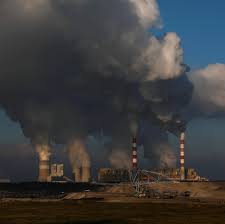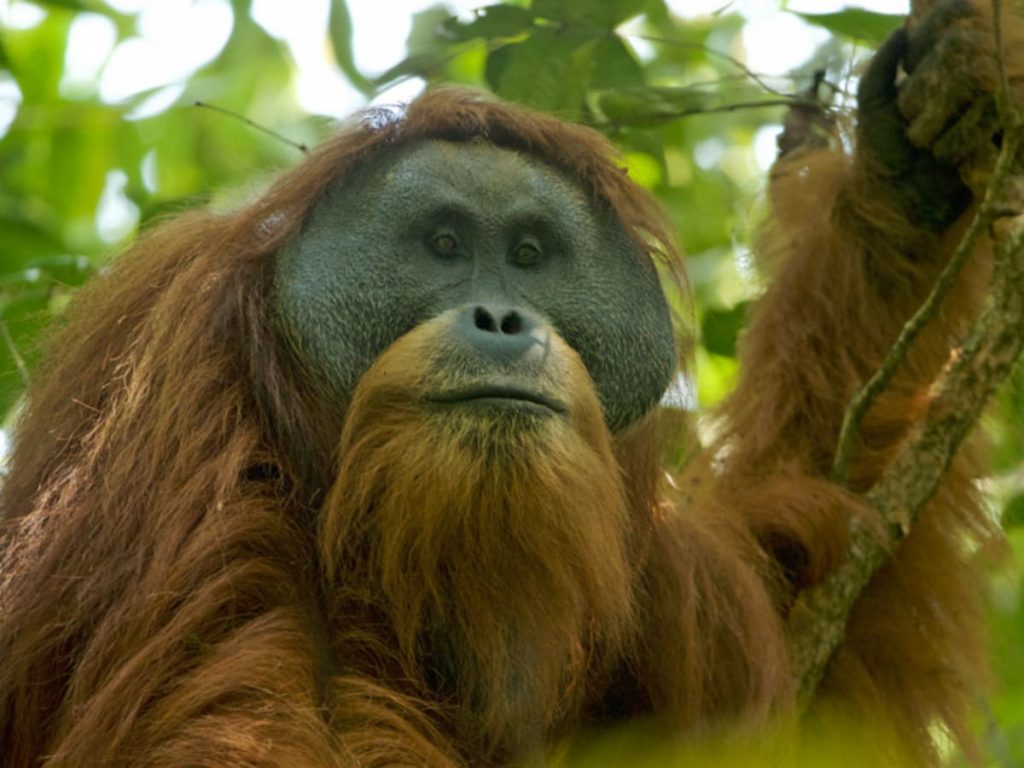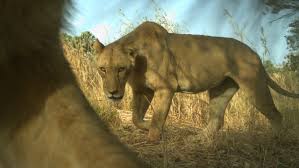Methane emissions are 80 times more warming that carbon dioxide. They do not stay in the atmosphere for ever, but in the short term, they could still cause the human race an enormous task which could quickly become unmanageable. Methane (natural gas) is often found in the same place as oil yet, bizarrely, extractors are generally after one or the other. By making rules on methane capture, significant quantities can be stopped from escaping into the atmosphere, never mind the fact that this methane can then be sold, greatly increasing income.
According to a recent NASA study, methane is responsible for about 25% of the global warming that has occurred since the industrial revolution.
Under Obama the central American government tightened rules on methane extraction in an attempt to deal with this issue. The larger companies engaged with the new rules, but unfortunately the smaller companies which are responsible for much of the fracking that occurs complained and the EPA under Trumps oversight (Trump had installed many fossil fuel executives into its ranks) reversed these cuts.
The industry claimed that there was not much leakage and that the problem was under control. Unfortunately this was a lie. At the same time that they were claiming tiny leaks publicly, privately they were admitting to a huge problem.
So far, these lies which are going to cost the world population have not been punished at all. What is worse, we wouldn’t know about the behaviour were it not for a secret recording made of a member of the independent petroleum association. According to the recording Ron Ness president of the North Dakota Petroleum Council told the meeting “We’re just flaring a tremendous amount of gas. This pesky natural gas. The value if it is very minimal”. A few months later, the same organisation had a lawyer state that it is not in their interests to let even a molecule of gas escape.
Yet this requires us to be fools. The most long lasting view of an oil rig is with a flame blowing out, burning off excess gas.
We need to make pollution the expensive option. If venting is the cheapest way to work, lets tax it to such an extreme level that it is worth their while to catch the waste. Of course the best way to end this practice is for the producers to go out of business. While we are moving in that direction at a reasonable speed, it is perhaps too slow for the survival of the way of life that we humans have got used to over the last few millenia. If we continue as we are, the climate we will leave for out children will not be as pleasant.



